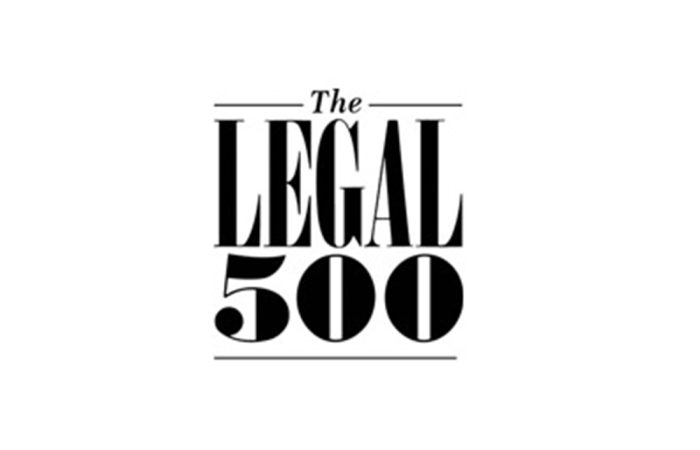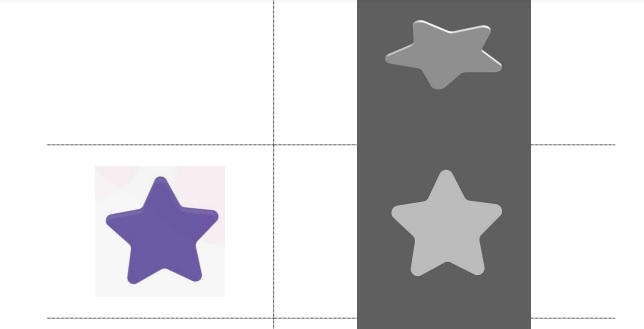A trademark application must contain a list of the goods or services which are related to the trademark.
The EU and Cyprus Trademark Law adopted the Nice Classification.
The Nice Classification assigns goods to Classes 1 to 34, and services to Classes 35 to 45. Each class is represented by a class heading, which gives general information about the type of goods or services covered. For example, the Class 25 heading reads ‘Clothing; footwear; headgear’ and the Class 15 heading ‘Musical instruments’.
It is worth noting that the original list of goods and services included in a trademark application can only be limited, not extended. In other words, you may not add any goods, services or classes to the application as originally filed.
IMPORTANT:
- Think big
You, as a company, may actually be providing more goods and services than you think. Although you may feel certain of what market you are in today, think about how you want to develop your mark in the future. For example, if you manufacture sweets today, you might want to offer more goods (such as ice cream) in two or five years.
- Be realistic
It might seem tempting to claim a wide range of goods and/or services, but remember, if you don’t use your mark on all the goods or services you apply for, your mark will be vulnerable to attack.
If you narrow down your specification, you’ll reduce the risk of conflict with other marks.
- Costs
For the EU Trademark applications the EUR 850 application fee enables you to choose one class. For an additional fee of EUR 50 you can add a second class, and for three or more classes you will need to pay EUR 150 for each class.
For Cyprus Trademark applications each application can cover one class only. Therefore for any additional classes you need to file separate applications.





